Grow Your Own Penicillium
Odd Lots: Curious Objects Up At Auction
A cup o’ mold, the key to Oscar Wilde’s prison cell, and a Tim Burton art tile
Lot 1: Nobel Prize-Winning Penicillin Mold
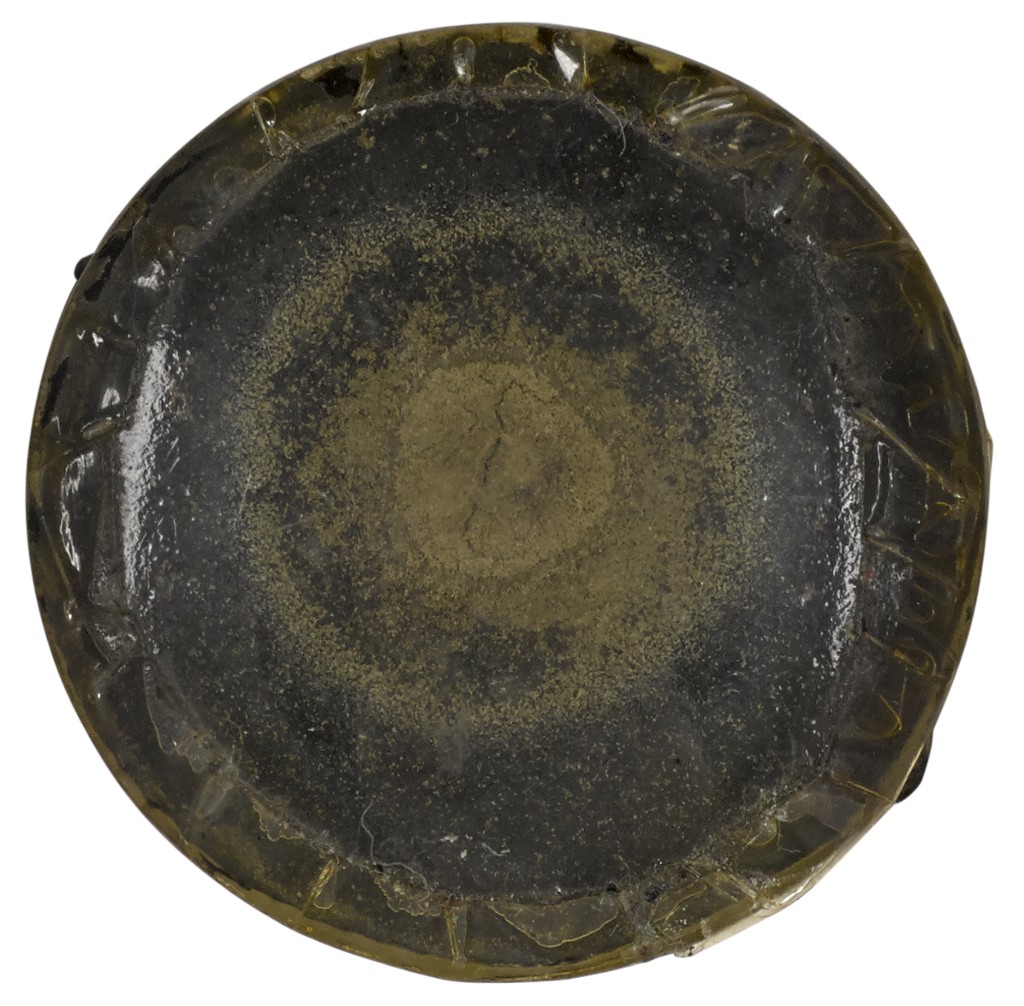
This greenish glob is world famous — it is one of the original penicillin molds that tipped off Scottish biologist Alexander Fleming to its antibiotic properties.
The discovery was accidental. In 1928, Fleming had been studying Staphylococcus. When he left the lab for a two-week vacation, it seems he forgot to place the petri dishes in the incubator. Instead, the samples were left out, and a Penicillium mold spore grew alongside the bacteria. Upon his return he observed that the mold seemed to inhibit or prevent the Staph’s development. It wasn’t until a decade later that Howard Florey and Ernst Chain continued the research that would give us the first mainstream antibiotic (goodbye, syphilis!), for which Fleming, Florey, and Ernst shared the Nobel Prize in 1945.
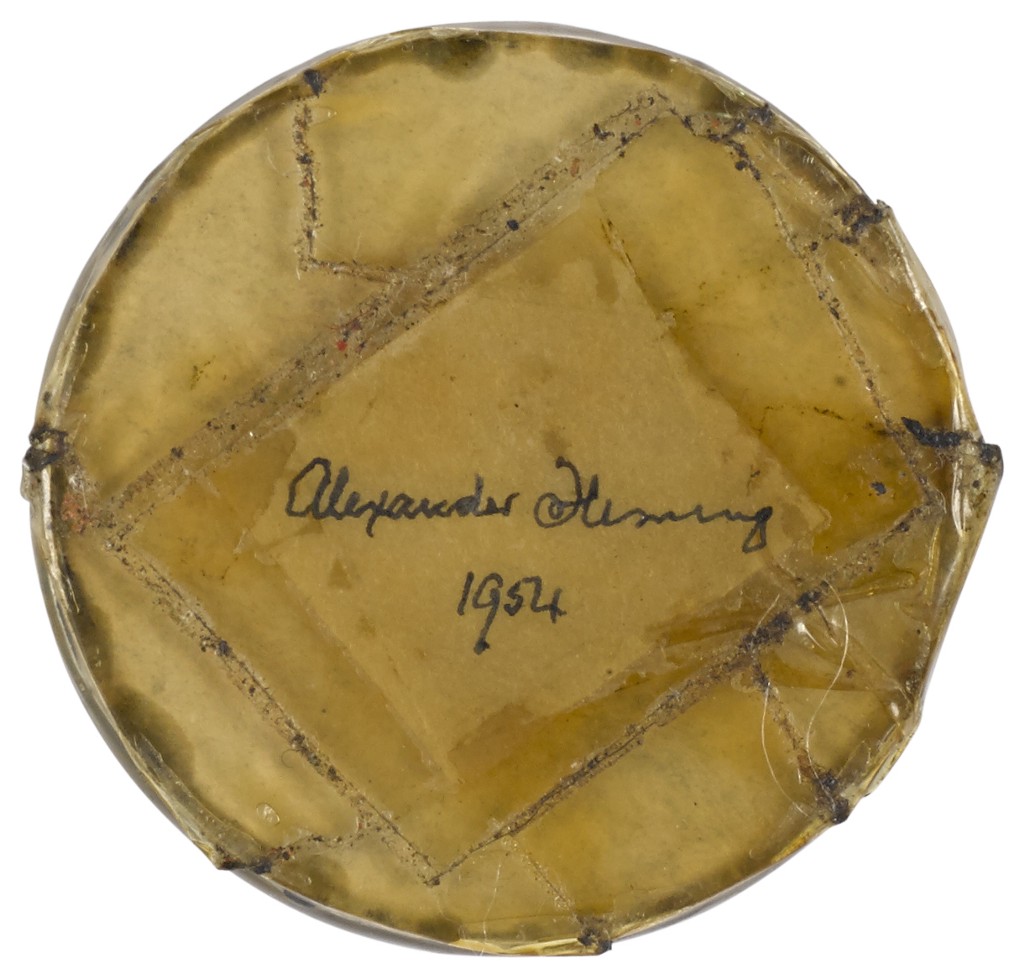
Preserved between two pieces of glass and signed Alexander Fleming / 1954 on its underside, Fleming gifted this 1928 culture to his neighbor, Mr. Bax, who had scared away some burglars from Fleming’s house. An accompanying letter — written on March 8, 1955, just three days before his death — expresses Fleming’s thanks.
The question is: will Americans bid more for mold than Brits? At the upcoming sale, scheduled on December 7 in New York, Bonhams expects the blob to reach $10,000–15,000. It sold at a smaller UK auction just over a year ago for the equivalent of $7,154. Game on.
Lot: 2: Key To Reading Gaol
In 1895, Oscar Wilde was sentenced to two years hard labor at Reading Goal — a prison that now celebrates its connection to him — for the “gross indecency” of loving another man. Upon his release, Wilde published The Ballad of Reading Gaol, a long-form poem about the brutality of incarceration, a stanza of which reads:
So they kept us close till nigh on noon,
And then they rang the bell,
And the Warders with their jingling keys
Opened each listening cell,
And down the iron stair we tramped,
Each from his separate Hell.
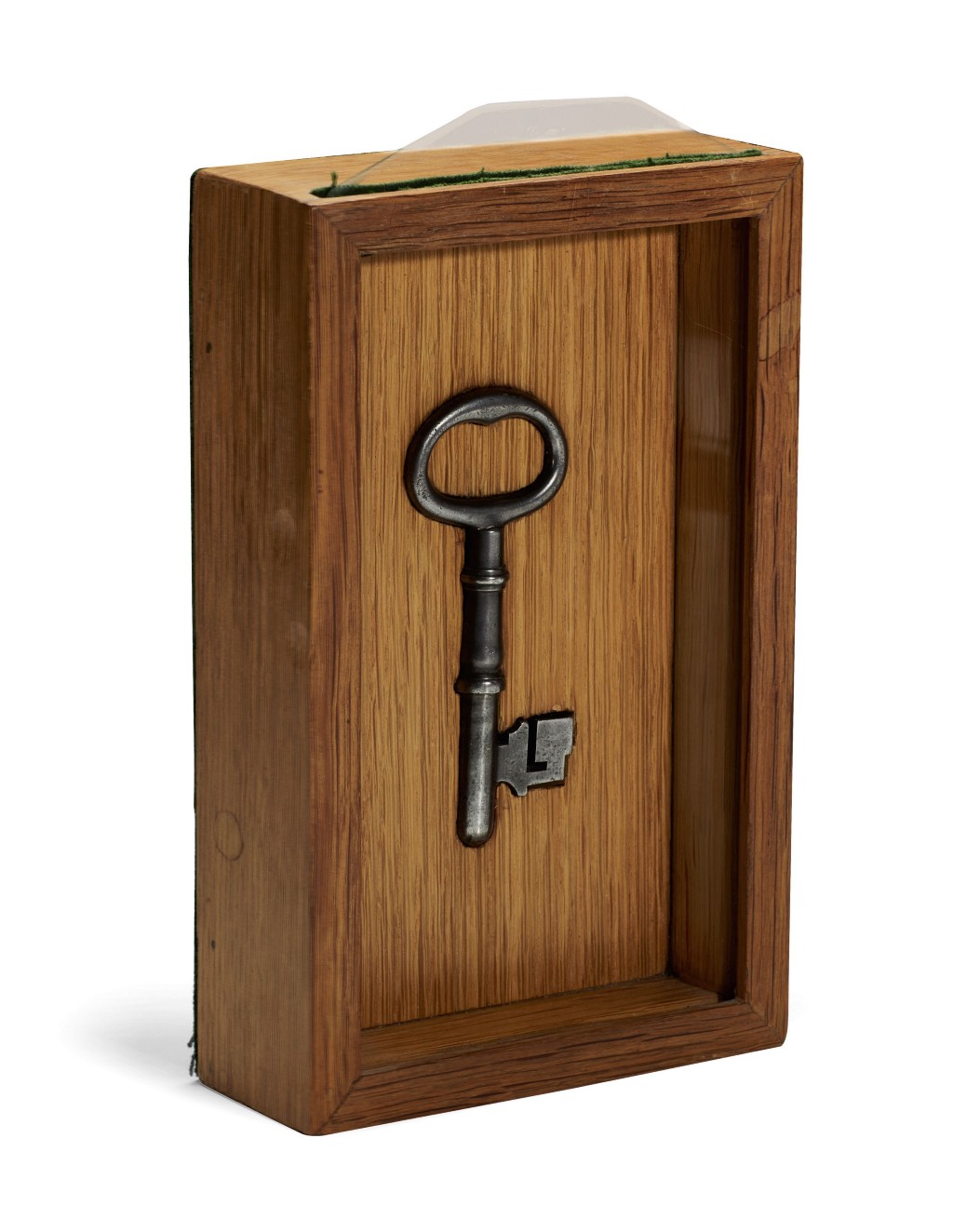
One of those “jingling keys” is slated for auction in London on December 13. This nearly four inch-long metal key was, according to accompanying paperwork issued by a later governor of HM Prison, Reading, used to unlock all of the cells in ‘C’ wing from about 1885 until 1915, well within the right time period. And Wilde was indeed confined to cell block C, landing 3, cell 3 — he first published his Ballad under the pseudonym C. 3. 3.
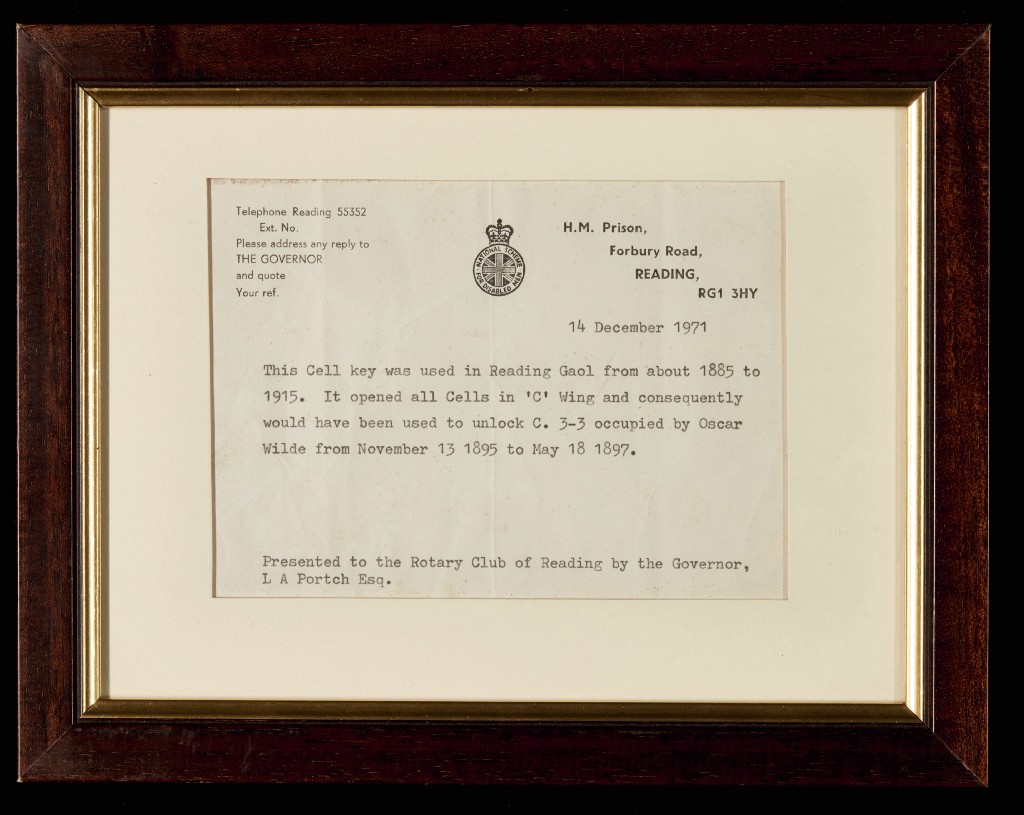
The current owner’s father purchased the key, now mounted in a wooden presentation box, in 1971 at a Rotary Club auction. One imagines him winning it for a fiver. But those days are long gone. Sotheby’s estimates it will reach as high as £6,000.
Lot 3: Tim Burton’s Hand-Painted Crafts
Most of us think of Tim Burton as a film director and/or producer of macabre favorites like Beetlejuice, Edward Scissorhands, Frankenweenie, Corpse Bride, and Miss Peregrine’s Home for Peculiar Children. But the guy also draws, paints, and makes puppets, and he’s exhibited this work at MoMA and LACMA.
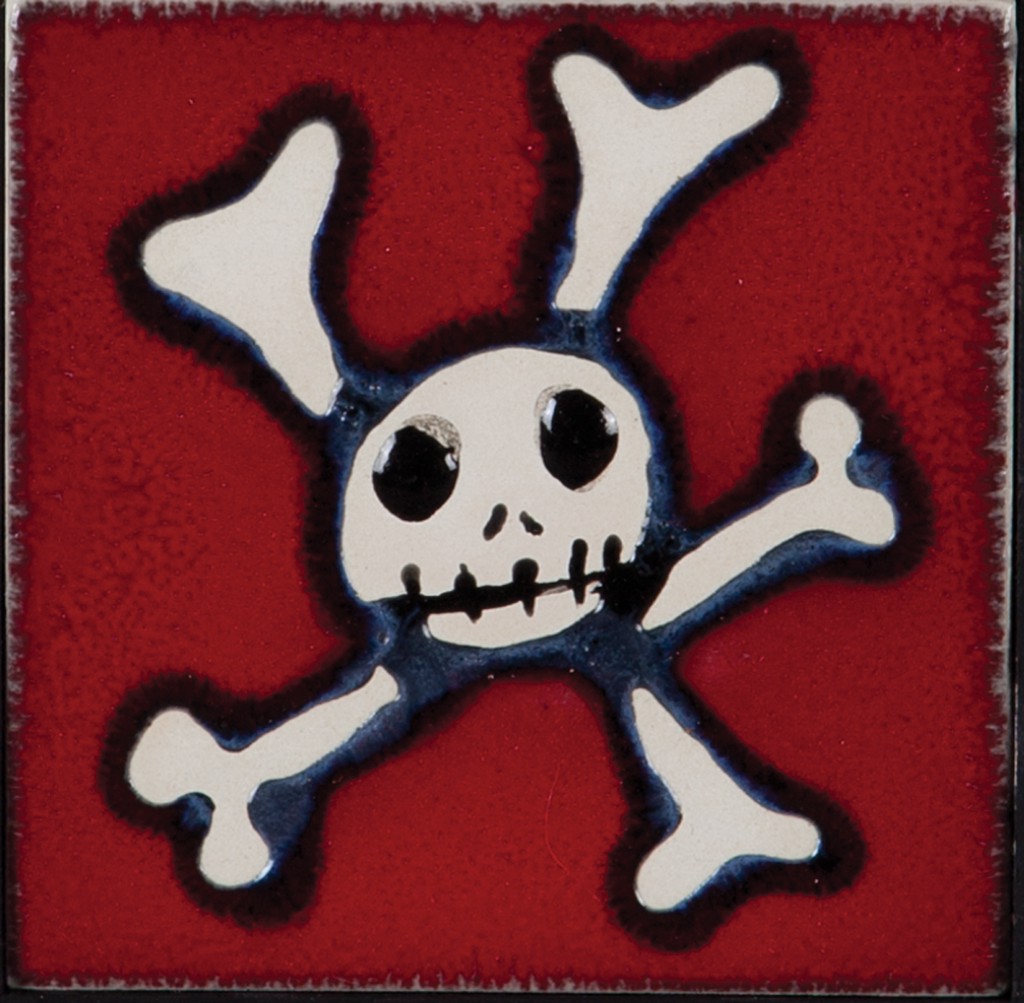
Apparently Burton also hand-paints ceramic tiles. Pictured here a whimsical skull and crossbones tile that he painted circa 1993/pre-Pinterest. If its stitched mouth and vacant eyes evoke the face of Jack Skellington from his holiday mash-up, The Nightmare Before Christmas, there’s good reason. As Burton once said of the ghoulish character, “That was just a doodle I kept drawing over and over and over for no apparent reason.”
As a piece of original Burton artwork, this ceramic tile is expected to realize $3,000–5,000 at auction in California on December 9. The tile was obtained, according to the auctioneer, “in 2005 from Burton’s one-time fiancée, Lisa Marie.”
Rebecca Rego Barry is the author of Rare Books Uncovered: True Stories of Fantastic Finds in Unlikely Places.
